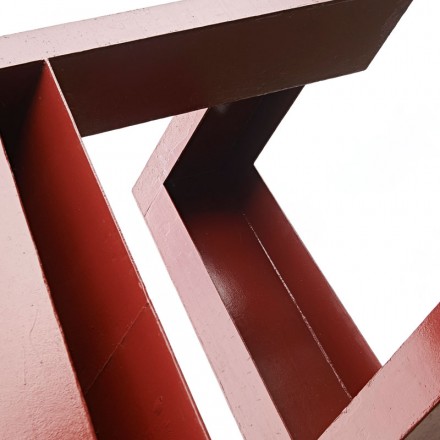
Ernst Eisenmayer was born on 18 September, 1920, in Vienna. There, he finished secondary school and also attended evening classes in painting and drawing. After the German occupation of Austria, he tried to flee to France, however, he was arrested at the border and sent to the concentration camp Dachau. He was imprisoned there in the winter of 1938/39. After being released, he fled to England, where he arrived in April 1939. After 1940, he was in four different British detention camps, including the Onchan camp on the Isle of Man, where he created various objects. His drawing of “Violinist at Onchan Camp” was later issued on a stamp on the Isle of Man. During the war, he remained in England and acquired British citizenship. He worker temporarily as a toolmaker, and in his free time he painted and befriended Oskar Kokoschka. This was also the period when he started exhibiting his works; in 1944, he was one of the artists featured in the exhibition of Austrian art in exile. In 1946 and 1947, he studied art at the Camberwell College of Arts. In addition to paintings, he also made sculptures made of wrought steel, bronze and stone. In 1962, he became a freelance artist. In 1969, he participated in a group exhibition of sculpture in New York, and in 1970, he contributed a large sculpture for the British pavilion at the Expo 70 in Japan. In 1975, he left England and moved to Italy, where he lived until 1988, and then in Amsterdam until 1996. He then returned to Austria and lived and the Maimonides centre. In 2012, the Sayle Gallery in Douglas on the Isle of Man prepared a large retrospective of his works to celebrate his 92 nd birthday. He is the recipient of the Medal of Honour of the City of Vienna in recognition of his artistic work. He has exhibited in Great Britain, Austria, France, Italy, Israel, Japan, Slovenia and the United States of America. How now lives in Israel.






